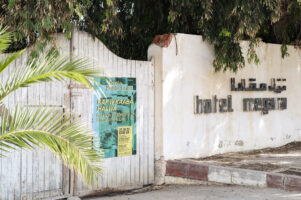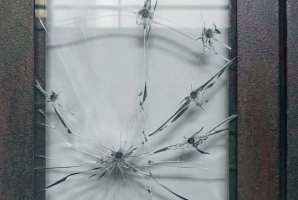Crashed Memories Twenty-Eleven began as a visual diary of Tunisia in the summer of 2011, when people overthrew their government and organized life without institutional power.
At this time, police forces were mainly absent, and we were intrigued to learn how civil society would establish order without any institution that gained power through the monopoly of physical violence. It was a chaotic time, yet the society was working quite well. “No traffic lights, no jams” was one of our earliest observations. As no one would maintain order, the people in Tunisia seemed to realize that chaos wasn’t the worst thing to happen.
We documented social life at places where people gather and landscapes that are marked by their activities. However, almost the entire photo documentation of that moment vanished after a hard-disk head-crash, exposing the fragility of the digital medium itself.
A decade later, during recovery, we found a folder — ¡Problem_46640 — that could not be fully restored. With new machine-learning tools, fragments emerged as unexpected compositions: pixel orders scrambled, color layers displaced, images fractured yet strangely whole.
The irony is that our attempt to frame a political revolution with photography itself escaped control. Through accident, technical structure, machine process, and time, banal documentation transformed into something unpredictable, irreversible, and beyond reproduction — a collaboration we never planned but could never recreate.


















